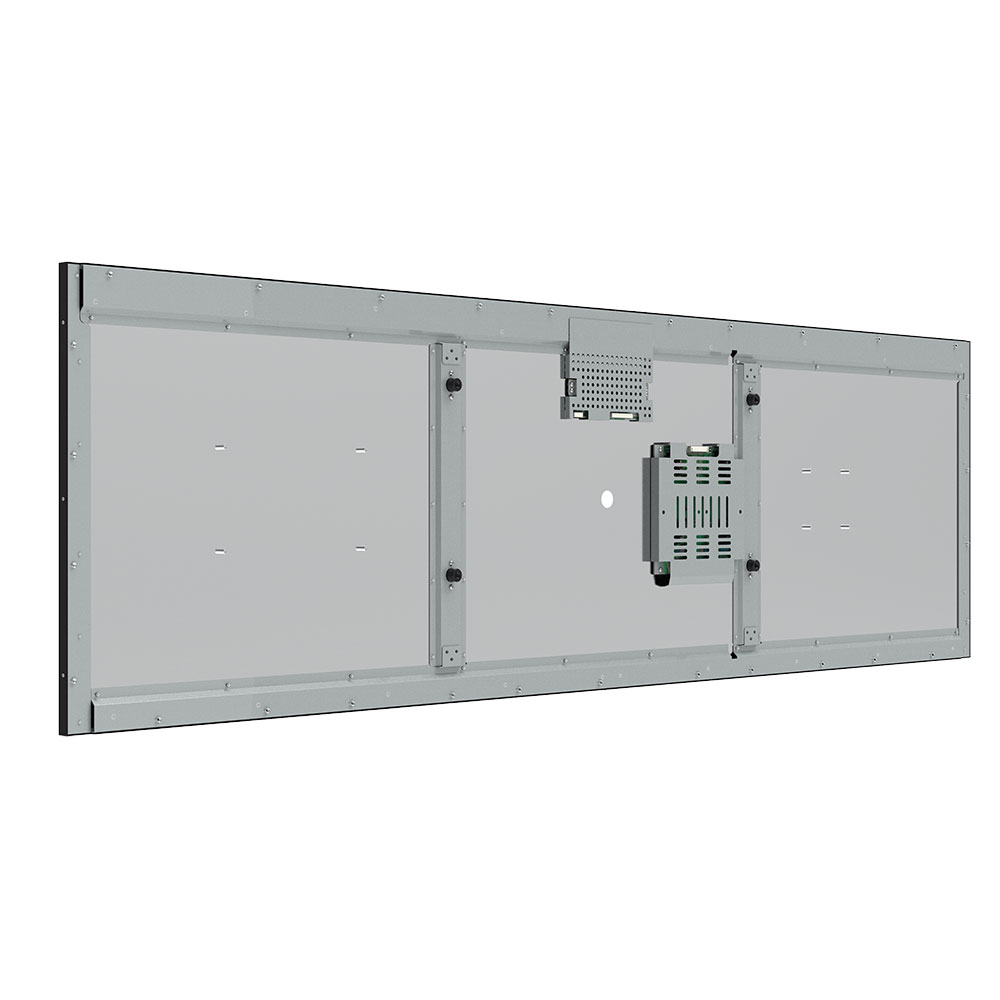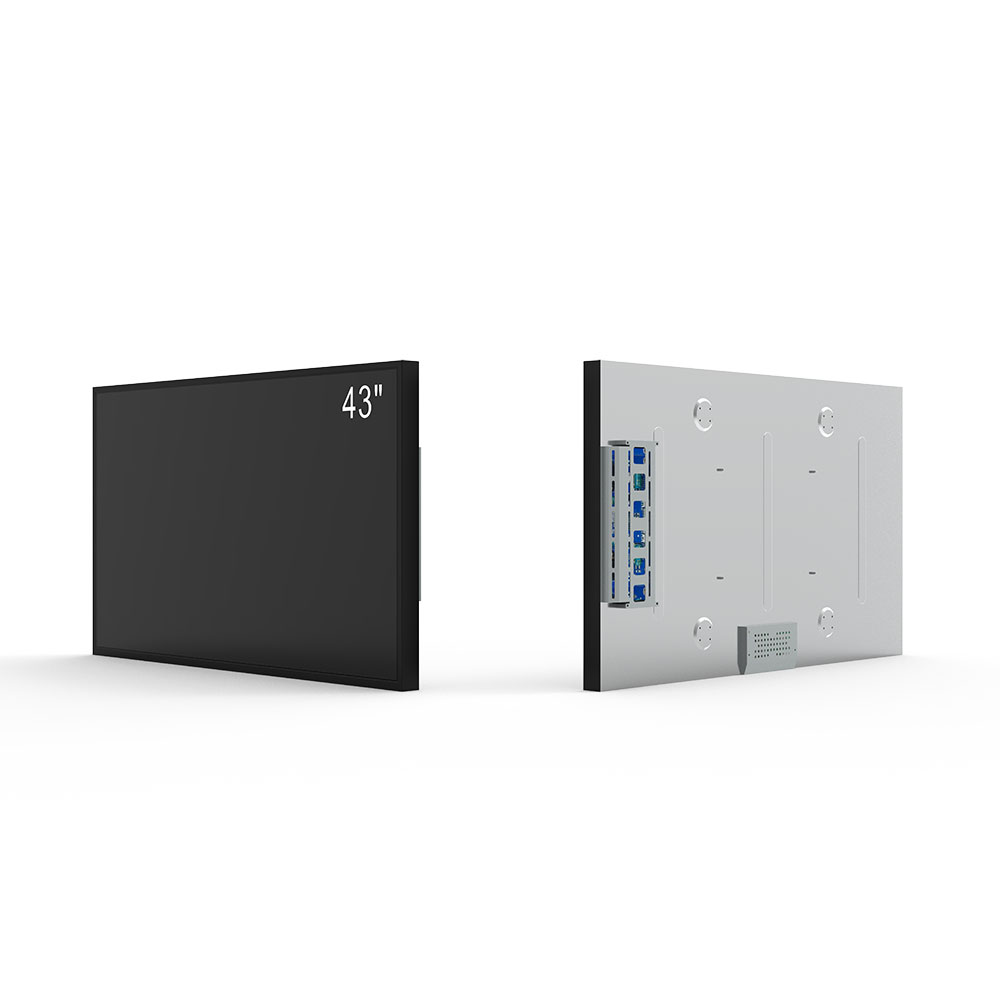- Home
- About Us
- Products
- News
- Video
- Contact
- Send Inquiry
Search
- Home
- About Us
- Products
- News
- Video
- Contact
- Send Inquiry

Digital Visual Interface (DVI) and High-Definition Multimedia Interface (HDMI) are two of the most widely used video signal transmission standards in modern display technology. While both were developed to replace older analog VGA connections, they differ significantly in design, functionality, and application—especially in outdoor LCD screen deployments where environmental resilience and high-brightness performance are critical.
DVI was introduced in 1999 by the Digital Display Working Group (DDWG), aiming to provide a digital-only interface that could support high-resolution displays without signal degradation. It offers three main variants: DVI-D (digital only), DVI-A (analog only), and DVI-I (integrated, supporting both). The key advantage of DVI lies in its ability to transmit uncompressed digital video signals directly from a source (like a computer or graphics card) to a display device such as an LED panel or monitor. This makes it particularly useful in environments where signal integrity is paramount, such as in industrial control rooms, public information kiosks, or outdoor digital signage installations where minimal latency and maximum clarity are essential.
However, DVI has limitations. It does not carry audio signals, requiring a separate audio cable for sound transmission—a drawback in multimedia-rich environments like retail or transportation hubs. Additionally, DVI lacks backward compatibility with newer devices that prioritize integrated solutions. According to industry benchmarks from the Society for Information Display (SID), DVI remains reliable for resolutions up to 1920x1200 at 60Hz, but beyond that, especially in 4K environments, it becomes impractical due to bandwidth constraints.

Enter HDMI. Introduced in 2002, HDMI quickly became the dominant standard for consumer electronics due to its versatility and ease of use. HDMI supports both audio and video over a single cable, making it ideal for home theater systems, smart TVs, and increasingly, commercial outdoor displays. With versions ranging from HDMI 1.4 to HDMI 2.1, current implementations can handle 4K resolution at 60Hz, HDR content, and even 8K at lower refresh rates. For outdoor LCD screens deployed in stadiums, airports, or urban advertising spaces, HDMI's ability to integrate seamlessly with modern media players, cameras, and streaming platforms makes it the preferred choice.
A critical factor when choosing between DVI and HDMI for outdoor applications is brightness compatibility. Outdoor LCDs often operate at 5,000 to 10,000 nits or more, far exceeding indoor displays. In such cases, both interfaces must be paired with robust backlighting and anti-glare coatings—but HDMI’s higher bandwidth allows for better dynamic range handling, which improves visibility under direct sunlight. Case studies from Samsung and LG show that HDMI-connected outdoor displays consistently outperform DVI counterparts in color accuracy and contrast consistency under variable lighting conditions.
Moreover, HDMI supports HDCP (High-bandwidth Digital Content Protection), which is crucial for protecting premium content in public-facing digital signage. This is less relevant for DVI, which lacks built-in copy protection—making it unsuitable for corporate or broadcast-grade deployments.

From a cost perspective, DVI hardware is generally cheaper to produce, but this savings diminishes when considering additional components needed for audio and longer cabling runs. HDMI’s plug-and-play simplicity reduces installation time and maintenance costs—a key consideration for large-scale outdoor installations.
In conclusion, while DVI still holds value in legacy systems and specialized industrial settings, HDMI has emerged as the superior solution for contemporary outdoor LCD screen applications. Its all-in-one design, higher bandwidth, and strong ecosystem support make it the de facto standard for modern visual communication in demanding environments. As outdoor digital signage continues to grow—with a projected CAGR of 7.3% through 2030 according to MarketsandMarkets—choosing HDMI ensures future-proofing, scalability, and optimal user experience.